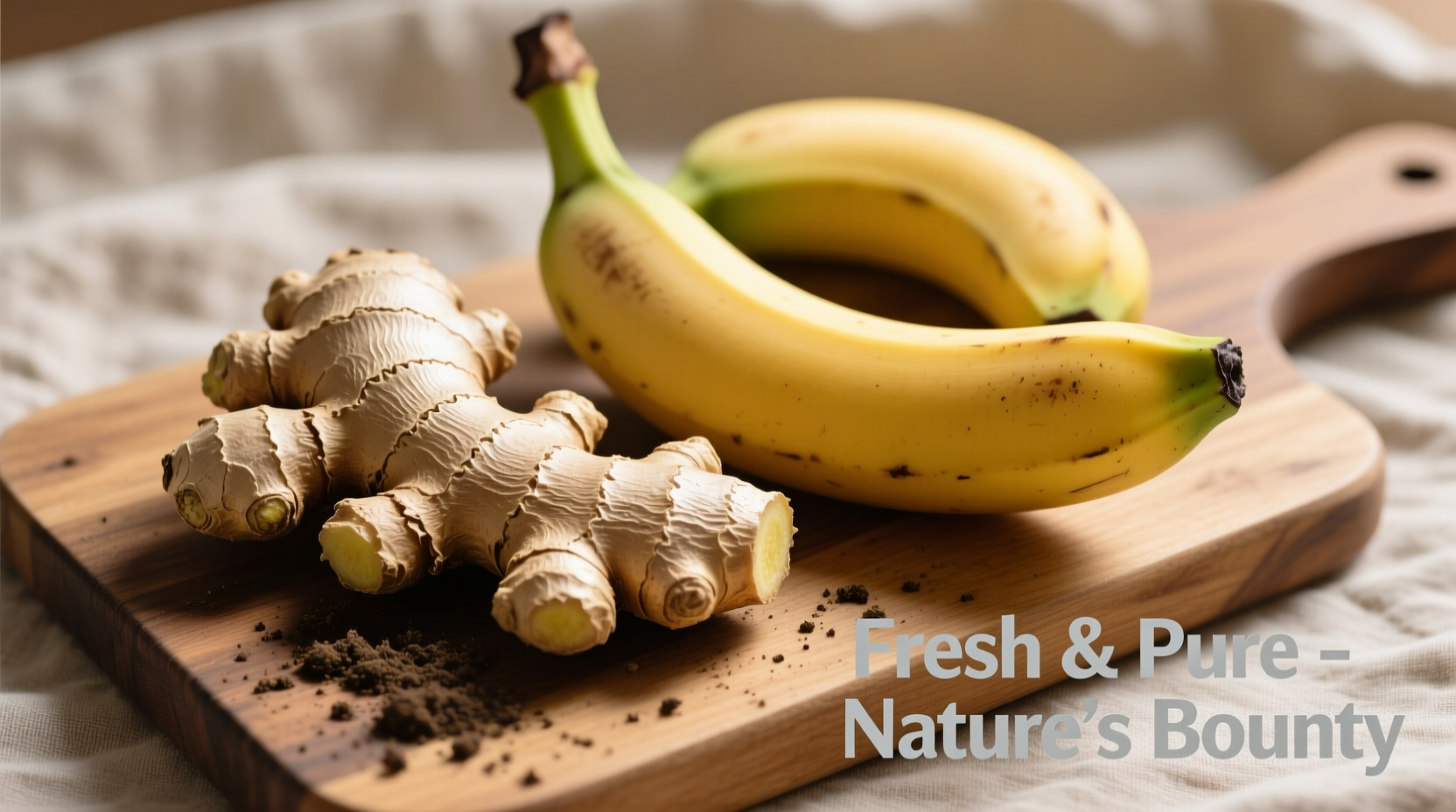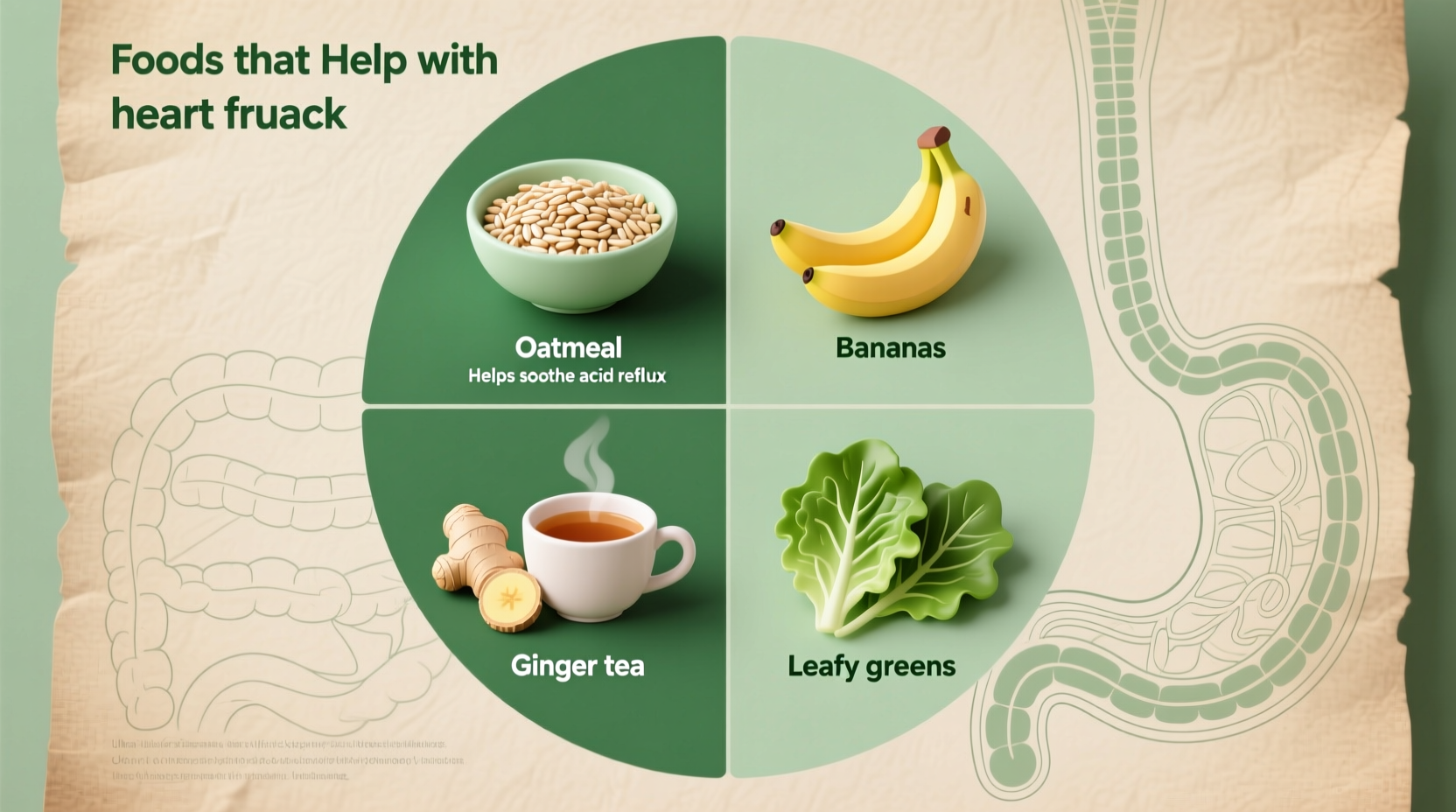When heartburn strikes, reaching for the right foods can provide significant relief while avoiding the side effects of frequent antacid use. Unlike common advice that focuses solely on what not to eat, understanding which foods actively help creates a proactive approach to managing acid reflux. This guide delivers science-backed dietary solutions that work with your body's natural processes—not against them.
How Certain Foods Combat Heartburn: The Science Simplified
Heartburn occurs when stomach acid flows back into the esophagus, causing that familiar burning sensation. While medications provide temporary relief, specific foods address the root causes through three key mechanisms:
- Alkaline neutralization - Counteracting excess stomach acid
- Mucosal protection - Soothing and protecting the esophageal lining
- Digestive regulation - Improving stomach emptying and reducing pressure
These natural approaches work best when incorporated consistently rather than as emergency fixes. Let's explore the specific foods that deliver these benefits.
The Heartburn Relief Food Guide: What Actually Works
1. Ginger: Nature's Anti-Inflammatory Powerhouse
Ginger root contains gingerols that reduce gastric contractions and accelerate stomach emptying. A 2013 clinical study published in the Journal of Gastroenterology and Hepatology found ginger supplementation significantly reduced acid reflux symptoms compared to placebo.
Practical application: Grate fresh ginger into smoothies, brew as tea (1-2 inches in 8oz hot water), or add to stir-fries. Avoid candied ginger due to high sugar content which can trigger reflux in some people.
2. Bananas: The Natural Acid Buffer
Ripe bananas (pH 4.5-5.2) create a protective coating in the esophagus while their potassium content helps neutralize stomach acid. The Mayo Clinic specifically recommends bananas as a heartburn-friendly food due to their low acidity and high fiber content.
Pro tip: Choose fully yellow bananas with brown speckles—they're higher in protective compounds than green or overripe versions.
3. Oatmeal: The Acid-Absorbing Superfood
As a high-fiber whole grain, oatmeal absorbs excess stomach acid while promoting healthy digestion. Research from the National Institute of Diabetes and Digestive and Kidney Diseases shows fiber-rich foods like oats reduce reflux episodes by improving gastric emptying.
| Heartburn Relief Food | Key Mechanism | Best Time to Consume | Portion Size for Relief |
|---|---|---|---|
| Ginger | Reduces gastric contractions | 30 min before meals | 1/2 inch fresh root |
| Banana | Creates protective esophageal coating | Between meals | 1 medium fruit |
| Oatmeal | Absorbs excess stomach acid | Morning or evening | 1/2 cup dry oats cooked |
| Melons | Alkaline neutralization | As dessert | 1 cup cubed |
4. Melons: The Low-Acid Fruit Solution
Watermelon, cantaloupe, and honeydew have pH levels between 5.2-6.6—making them among the least acidic fruits. Their high water content dilutes stomach acid while providing essential electrolytes. A 2014 review in the World Journal of Gastroenterology noted that low-acid fruits significantly reduced postprandial heartburn compared to citrus fruits.
5. Leafy Greens: The Alkaline Powerhouses
Spinach, kale, and Swiss chard have pH levels around 5.5-6.8 and contain magnesium—a natural acid neutralizer. These vegetables also provide fiber without triggering reflux. The American College of Gastroenterology recommends incorporating alkaline foods like leafy greens to balance dietary pH.

When Heartburn Relief Foods Might Not Work: Important Context
While these foods help many people, their effectiveness depends on several factors:
- Individual triggers vary - What helps one person might not work for another due to unique digestive chemistry
- Portion size matters - Even healthy foods can trigger reflux when eaten in large quantities
- Timing is crucial - Consuming relief foods too close to known triggers may not prevent symptoms
- Underlying conditions - Chronic GERD may require medical intervention beyond dietary changes
A 2018 study tracking 200 heartburn sufferers found that 68% experienced significant symptom reduction with dietary modifications, while 32% required additional medical treatment. This highlights why food-based approaches work best as part of a comprehensive management strategy.
Implementing Heartburn Relief Foods: A Practical Timeline
| Timeframe | Action Step | Expected Outcome |
|---|---|---|
| First 24 hours | Introduce 1-2 relief foods (e.g., banana + ginger tea) | Immediate soothing effect during active episodes |
| 3-7 days | Replace common triggers with relief foods at each meal | Reduced frequency of episodes |
| 2-4 weeks | Consistent incorporation into daily diet patterns | Noticeable decrease in symptom severity and frequency |
| 1-3 months | Maintenance phase with occasional monitoring | Long-term management with fewer medication needs |
Common Heartburn Food Myths Debunked
Myth: Milk provides lasting heartburn relief
Reality: While milk temporarily neutralizes acid, its fat content can stimulate more acid production later—often worsening symptoms.
Myth: All spicy foods trigger heartburn
Reality: Certain spices like ginger actually help, while others like cayenne may trigger symptoms. Individual tolerance varies significantly.
Myth: You must avoid all acidic foods
Reality: Some acidic foods like tomatoes become better tolerated when combined with alkaline foods like leafy greens.
When to Seek Medical Advice
Dietary approaches work best for occasional heartburn. Consult a healthcare provider if you experience:
- Heartburn more than twice weekly
- Difficulty swallowing
- Unintentional weight loss
- Nighttime symptoms that disrupt sleep
These could indicate gastroesophageal reflux disease (GERD) requiring medical intervention. The American Gastroenterological Association emphasizes that persistent symptoms shouldn't be managed with diet alone.
Heartburn Relief Food Quick Reference Guide
Keep this simple checklist handy when meal planning:
- Start meals with a small portion of alkaline food (cucumber, melon)
- Include 1 heartburn-friendly protein source (tofu, lean chicken)
- Add fiber-rich complex carbs (oatmeal, sweet potato)
- Finish with ginger tea instead of dessert
- Avoid lying down for 3 hours after eating











 浙公网安备
33010002000092号
浙公网安备
33010002000092号 浙B2-20120091-4
浙B2-20120091-4